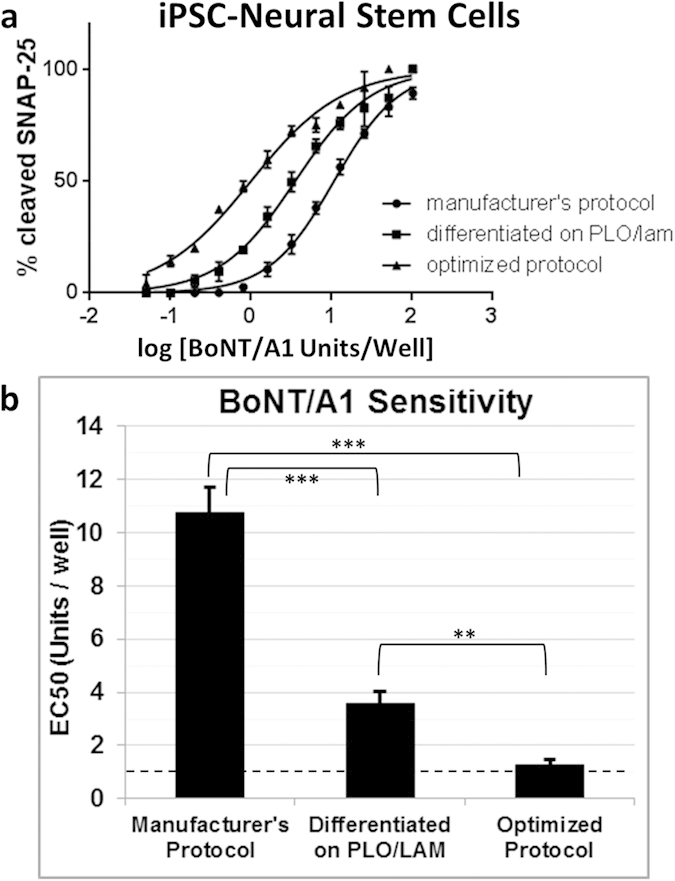Figure 2. Optimization of BoNT/A1 sensitivity for human iPSC-NSCs differentiated and matured on TCP.

The manufacturer’s protocol (see Methods) was modified to optimize BoNT/A1 sensitivity for iPSC-NSCs cultured on TCP by replacing the proprietary pre-coat solution with poly-L-ornithine and laminin treatment (“Differentiated on PLO/LAM”), supplementing the differentiation medium with retinoic acid (RA) and purmorphamine (PUR), and extending the maturation time to 23 days (“Optimized Protocol”). (a) Representative EC50 curves for human iPSC-neural stem cells (iPSC-NSCs) treated with serial dilutions of BoNT/A1 (Units/Well). Cultured cells were exposed to BoNT/A1 for 48 h before cell lysates were harvested, followed by Western blot and densitometry analysis to quantify SNAP-25 cleavage. (b) BoNT/A1 sensitivities (EC50, Mean ± S.D., 3 replicate experiments) for iPSC-NSCs cultured on TCP surfaces. The EC50 value is defined as the BoNT activity (Units/Well) required to reach half the maximum response for SNAP-25 cleavage, where 1 U is equivalent to the mLD50 determined using an in vivo mouse bioassay (dashed line). Statistical significance was determined using a one-way ANOVA (alpha = 0.05) followed by a Tukey test to compare individual means (Multiplicity adjusted P-values: **P ≤ 0.01; ***P ≤ 0.001).
